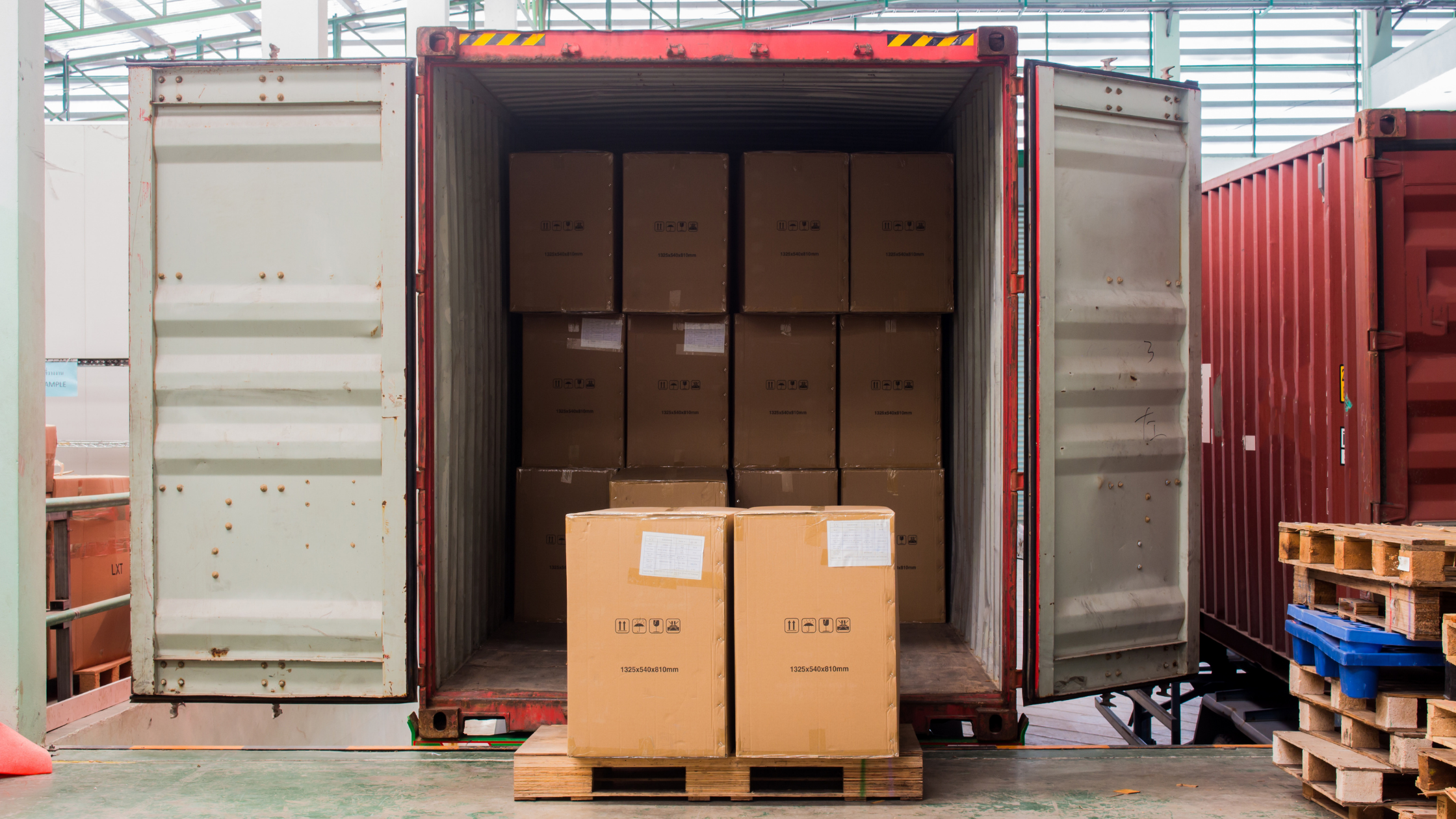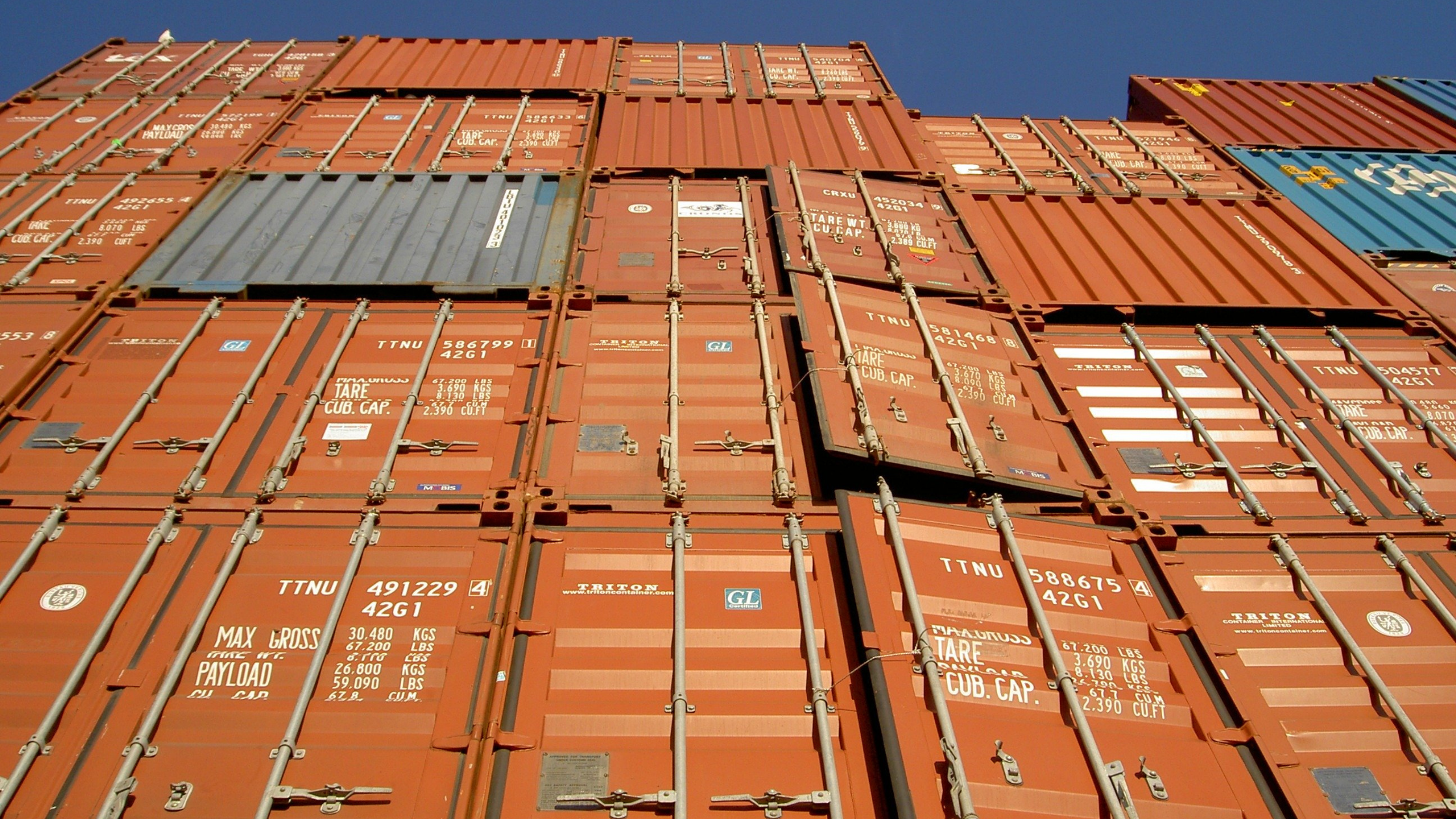
13 Tips To Best Use Shipping Containers as Storage Units
We’ve all come across a variety of ways shipping containers are being used today. From homes and pools to towering apartment complexes, shipping containers are becoming increasingly versatile. But are shipping containers just as useful for storage? In a word, absolutely. Are Shipping Containers Good for Storage? Shipping containers can be fantastic storage solutions. Whether you need them for your residential property or for a commercial business, using containers can be a durable, cost-efficient way to store just about anything. Ready to take the plunge and set up a shipping container for storage? Check out these 14 tips first to ensure you use them to the best of their (storage) abilities. Storage Tip #1) Figure Out How You’ll Deliver the Container Beforehand When you work with a certified shipping container supplier to purchase or rent a container, they’ll take care of the transportation and delivery details for you. Depending on where you want your new storage unit to be placed, a crane may be needed to position it in a tight spot or location where the necessary clearance isn’t available for the tilt bed truck. Storage Tip #2) If Needed, Get Permits Straightened Out In some locations you may need to secure one or more permits to place or build any structure that doesn’t have a permanent foundation. If you plan to use the shipping container for a barn or shed, a permit may be necessary. Check with your local clerk’s office for a quick answer. Storage Tip #3) Choose Between New or Used New shipping containers are pricier but have less exposure to the elements. Therefore, they make a much nicer appearance and will last longer than other containers you purchase. Are shipping containers good for storage if they’ve been used? Sure! Used containers may not look as nice but they are absolutely perfectly suited to storage if they are guaranteed Wind & Watertight. Consider which of the two types you want to buy and what your budget looks like. Storage Tip #4) Buy a Quality Container Regardless of whether you buy a used or new shipping container, just make sure it’s high-quality. Do some reviews of the vendor you plan to buy your shipping container from and make sure that they don’t provide subpar or corroded containers. The higher the quality of your shipping container provider, the more comfortable you can feel after making your purchase decision. To ensure you pay what you should for a quality container, check out some best practices for shopping on the container market and browse Rent-A-Container’s inventory of affordable shipping containers. Storage Tip #5) Set a Solid Foundation Early Any shipping container structure needs a foundation. A foundation will allow for ventilation and moisture drainage while preventing corrosion on the underside of your shipping container storage structure. Prepare the foundation before your container arrives by pouring concrete or using wood and metal beams in a lattice-like structure. Railroad ties and slab-on-grade are alternative options. Storage Tip #6) Choose the Right Container Size Naturally, container size affects whether or not it’s good value for money. Be sure to purchase the right container size for all your storage needs so that you don’t waste money or end up having to purchase another shipping container later down the road. Check out our High Cube Shipping Containers vs. Standard Shipping Containers comparison guide to determine what size may be the best fit for your storage needs. Storage Tip #7) Get Equipment for Loading/Unloading You might also consider purchasing some equipment specifically for loading and unloading your shipping container. Shipping containers are often used to store bulk items or heavy equipment, particularly if you plan to use the container as a barn or storage shed. Equipment like dollies, forklifts, ramps and other supplies can help you quickly load and unload the container when necessary. If you don’t have secondary doors around the middle of the container, this may be necessary if you want to reach back-of-the-container items without unloading everything in the front. Storage Tip #8) Invest in Anti-Corrosive Paint Your shipping container will last longer if you invest in anti-corrosive paint and apply it to both the interior and exterior. Even the strongest shipping containers may corrode over time, and this process can accelerate if you live in a wet climate. Anti-corrosive paint only takes a single application and could extend the lifespan of your shipping container for many years. Storage Tip #9) Prevent Container Rain Container rain occurs in humid climates when moisture condenses to your shipping container’s roof and eventually falls. This “rain” could potentially damage the container itself or the stuff you store inside it. You can prevent container rain by investing in dehumidifiers or other supplies designed to eliminate container rain conditions. Storage Tip #10) Smell Bad? Use Coffee Like any structure, many containers can start to smell bad after heavy use. Consider scattering some coffee beans throughout the interior of your shipping container to help take care of the worst of the smell. Just be sure that you have anti-rodent traps in place and that there aren’t any holes or places for rats and mice to get inside. They may be attracted to the coffee beans and make a nest in response. Storage Tip #11) Check Ventilation Systems or Install Them Yourselves It’s a good idea to make sure that your shipping container has any necessary ventilation systems. This is required if your climate has drastically different daytime and nighttime temperatures. In this case, condensation can build up and lead to container rain. Ventilation systems can include fixed vents installed periodically across your container or an HVAC system. Consider both options based on your budget and experience level before installing. If you’re lucky, your shipping container will come with fixed vents already. Storage Tip #12) Don’t Forget Security The stuff you keep in your storage container is undoubtedly valuable. Invest in security measures for the container’s front doors to ensure thieves can’t get inside. Oftentimes, even a simple chain lock





